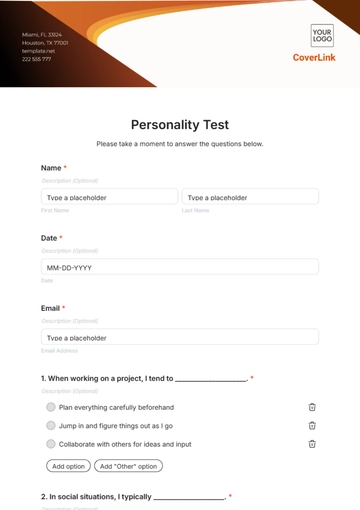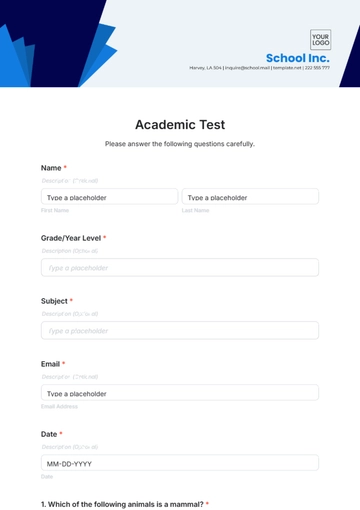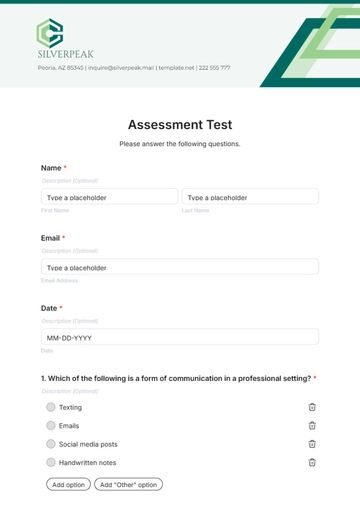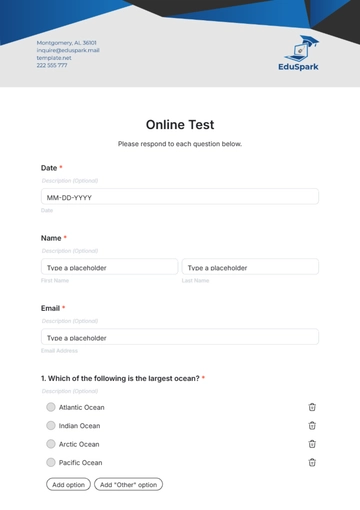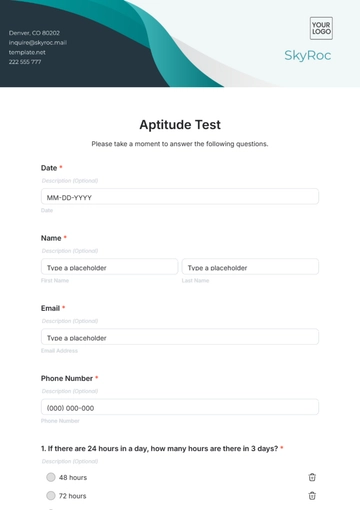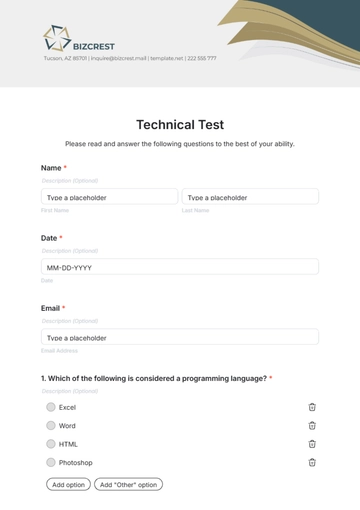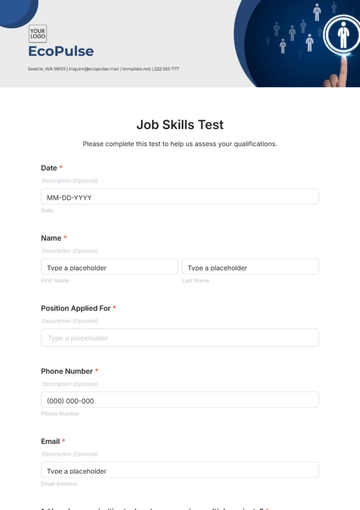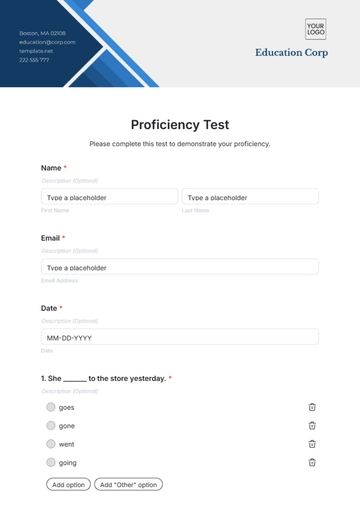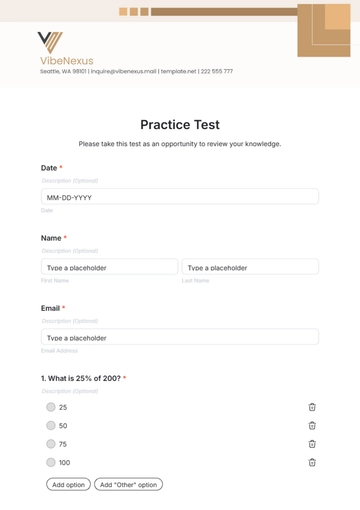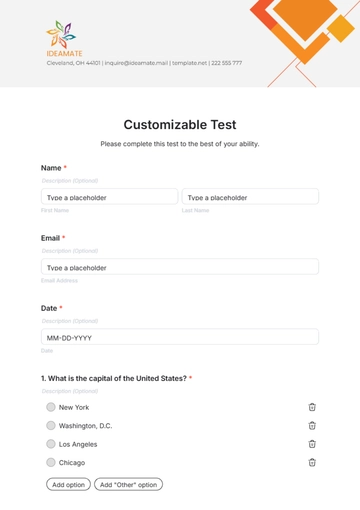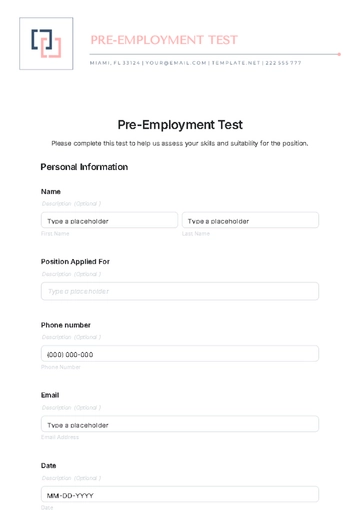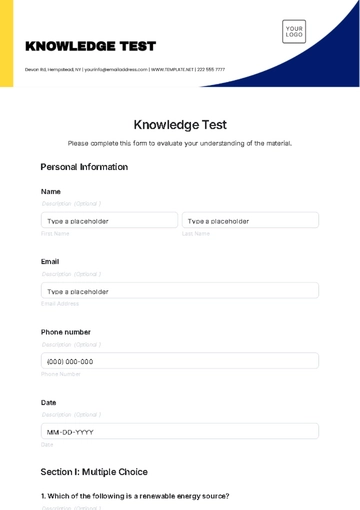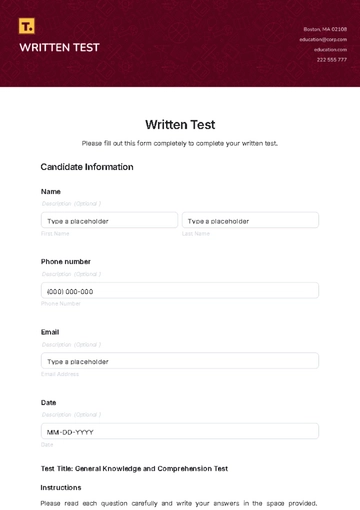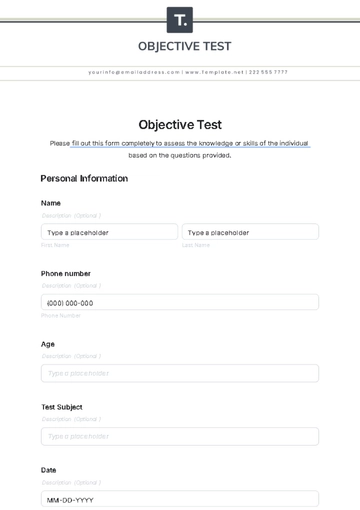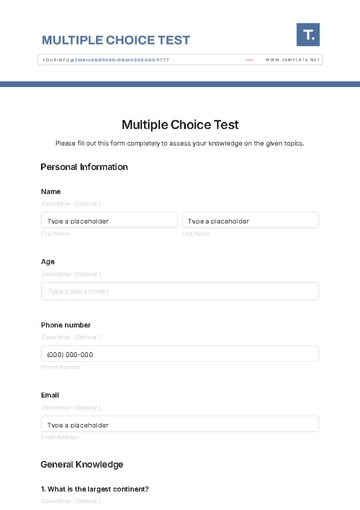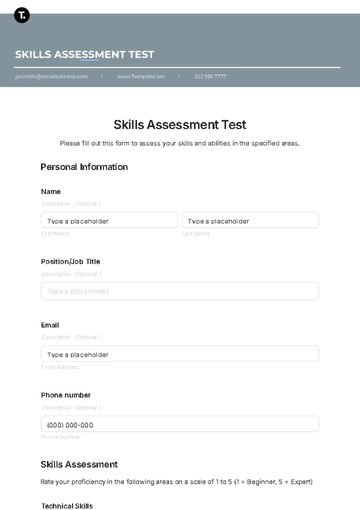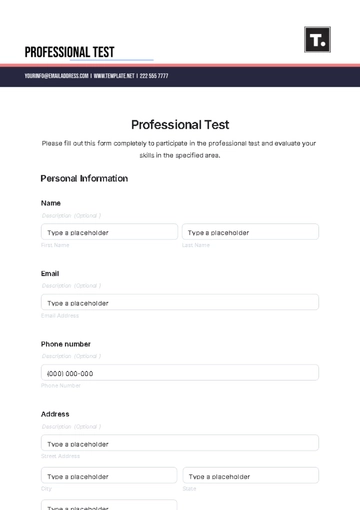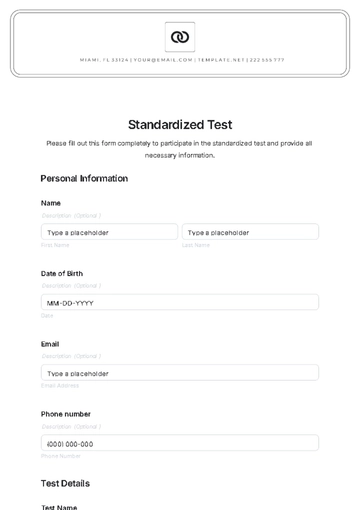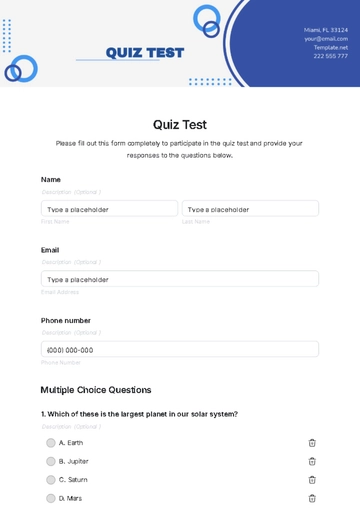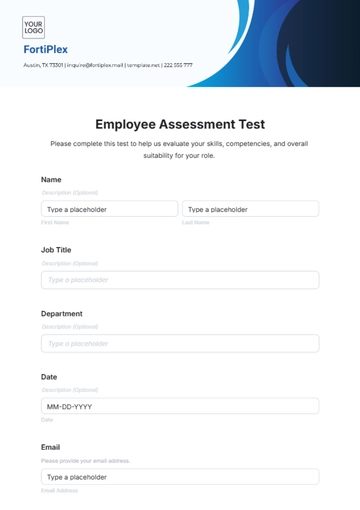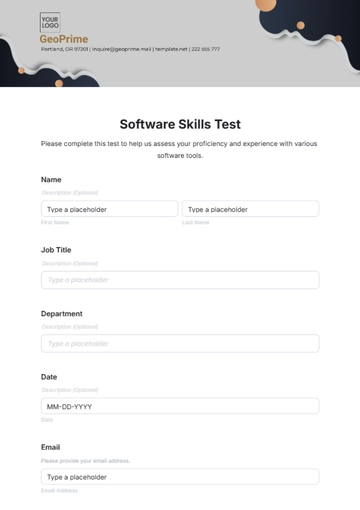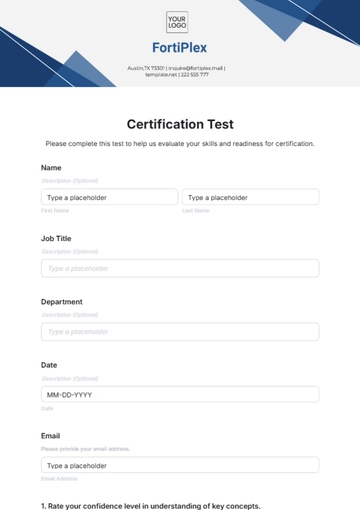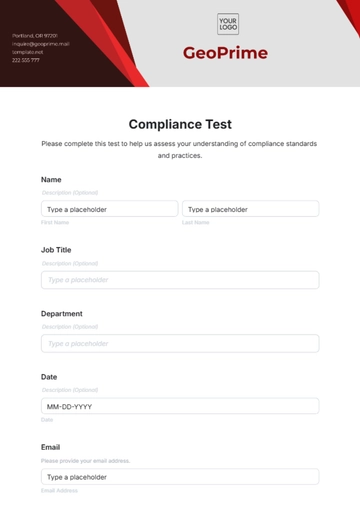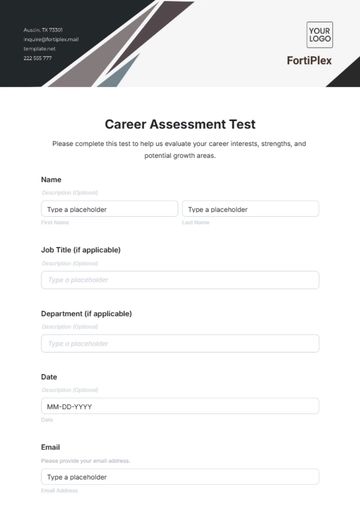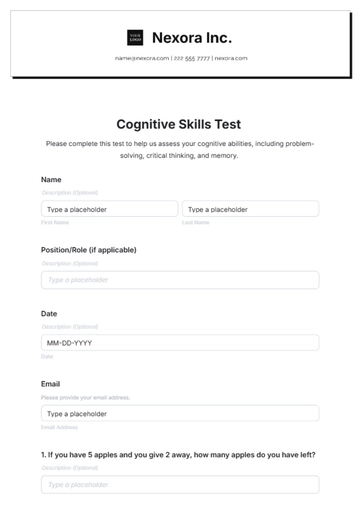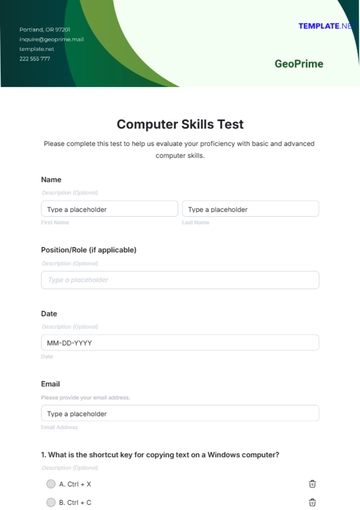Free Disaster Recovery Test Plan
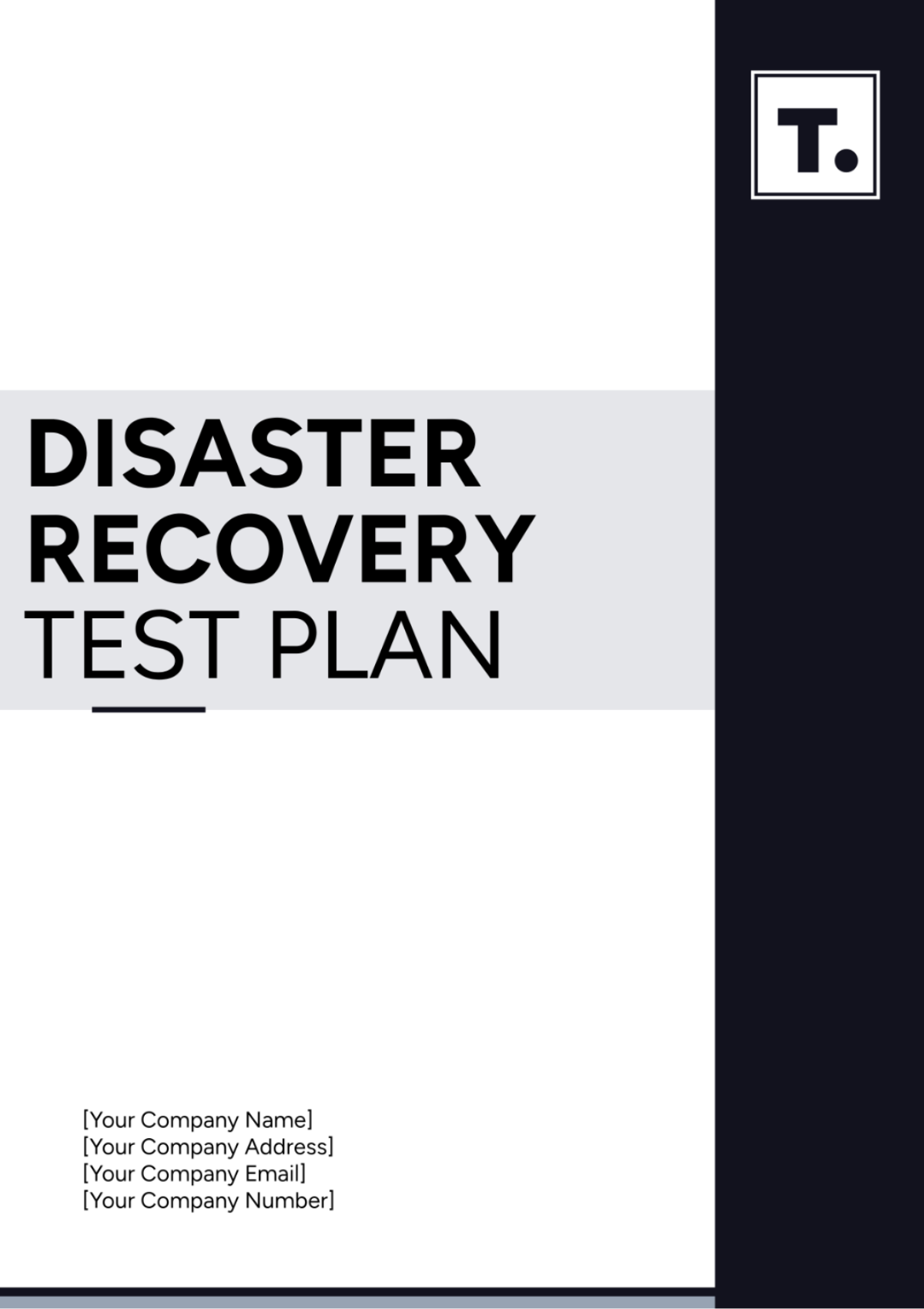
I. Introduction
A. Purpose
The purpose of this Disaster Recovery Test Plan is to outline the procedures for testing the effectiveness of [Your Company Name]'s disaster recovery strategies and processes. This plan ensures that critical systems can be recovered in the event of a disaster and helps identify areas for improvement.
B. Scope
This plan covers all critical systems, applications, and services necessary to maintain business continuity for [Your Company Name]. It includes a detailed schedule, roles and responsibilities, testing scenarios, and metrics for evaluation.
C. Objectives
Validate the effectiveness of current disaster recovery procedures.
Identify gaps and weaknesses in the recovery process.
Ensure staff are familiar with disaster recovery roles and responsibilities.
Document and implement improvements based on test results.
II. Pre-Test Planning
A. Testing Team
The following individuals are part of the disaster recovery testing team for [Your Company Name]:
Team Leader: [Your Name]
IT Department: [IT Personnel Name]
Business Continuity Planner: [Business Continuity Planner Name]
Risk Management Officer: [Risk Management Officer Name]
B. Test Schedule
The disaster recovery testing will be conducted as per the following schedule:
Activity | Date | Team Members Involved |
|---|---|---|
Initial Planning Meeting | January 25, 2050 | All Team Members |
Pre-Test Briefing | February 5, 2050 | All Team Members |
Disaster Recovery Test Execution | February 15, 2050 | All Team Members |
Post-Test Review & Report | February 20, 2050 | All Team Members |
C. Pre-Test Checklist
Review and update contact information for all team members.
Ensure all documentation is current and complete.
Verify the availability of test resources and environments.
Confirm backup data integrity and availability.
Communicate test plans and objectives to all stakeholders.
III. Test Execution
A. Test Objectives
Validate data backup and recovery procedures.
Test failover and failback processes.
Assess the functionality of alternate communication channels.
Evaluate the response of disaster recovery teams.
B. Test Scenarios
Data Backup and Recovery Test:
Validate the backup process for critical data.
Verify the integrity and accessibility of backup data.
Restore data to primary systems and assess the time taken.
Failover and Failback Test:
Simulate a disaster scenario and initiate failover procedures.
Monitor the failover process and assess the time taken.
Conduct failback procedures and verify system stability.
Communication Channel Test:
Test alternate communication channels such as phone lines, email, and messaging systems.
Ensure the effectiveness of communication during a disaster.
Disaster Recovery Team Response Test:
Activate the disaster recovery team and assess their response time.
Evaluate the coordination and effectiveness of team actions.
C. Test Procedures
Preparation Phase:
Notify all stakeholders about the upcoming test.
Document test objectives, scenarios, and procedures.
Execution Phase:
Conduct each test scenario according to predefined procedures.
Record observations and any issues encountered during testing.
Evaluation Phase:
Review test results and compare them against predefined objectives.
Identify areas for improvement and update the disaster recovery plan accordingly.
D. Metrics for Evaluation
The success of the disaster recovery test will be evaluated based on the following metrics:
Recovery Time Objective (RTO)
Recovery Point Objective (RPO)
System Functionality Post-Recovery
Accuracy of Recovery Procedures
Staff Preparedness and Response
IV. Post-Test Review
A. Test Results
Summarize the outcomes of each test scenario.
Document any issues or discrepancies identified during testing.
B. Recommendations
Provide recommendations for improving disaster recovery procedures based on test findings.
Prioritize recommended actions for implementation.
V. Test Follow-Up
A. Action Plan
Develop an action plan to address identified issues and implement recommended improvements.
Assign responsibilities and establish timelines for action plan completion.
B. Re-Testing Schedule
Schedule re-testing of the disaster recovery plan to validate the effectiveness of implemented improvements.
Specify the frequency and scope of future disaster recovery tests.
VI. Document Revision History
Date | Version | Changes Made | Author |
|---|---|---|---|
2050-01-20 | 1.0 | Initial Version | [Your Name] |
2050-03-15 | 1.1 | Added Test Objectives and Scenarios | [Your Name] |
2050-05-10 | 1.2 | Updated Test Execution Procedures | [Your Name] |
- 100% Customizable, free editor
- Access 1 Million+ Templates, photo’s & graphics
- Download or share as a template
- Click and replace photos, graphics, text, backgrounds
- Resize, crop, AI write & more
- Access advanced editor
Presented by Template.net, this editable Disaster Recovery Test Plan Template ensures the thorough testing of recovery procedures. Customizable to fit various testing scenarios, it's editable in our Ai Editor Tool, facilitating the creation of comprehensive test plans to validate the effectiveness of your disaster recovery strategies.
